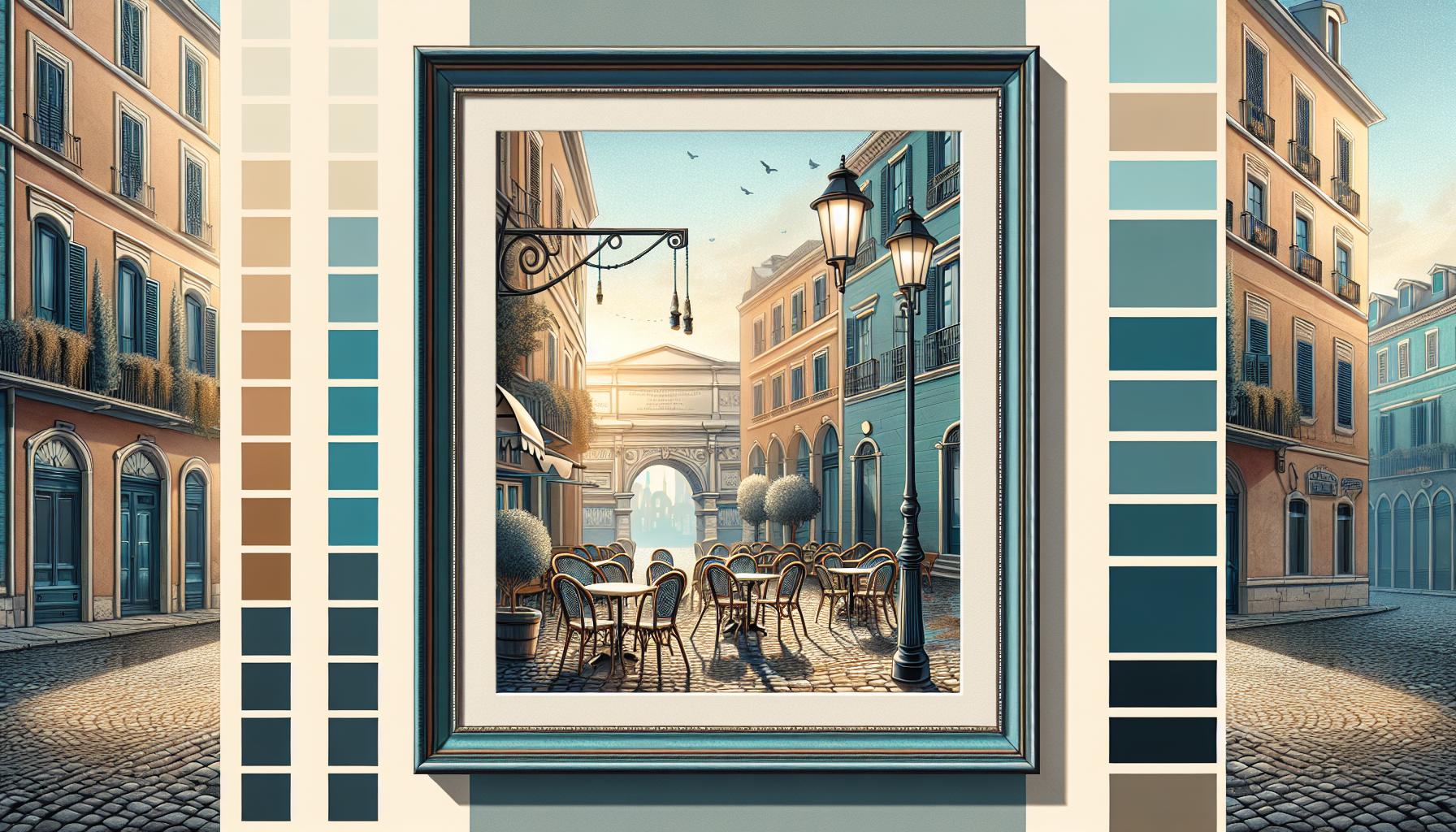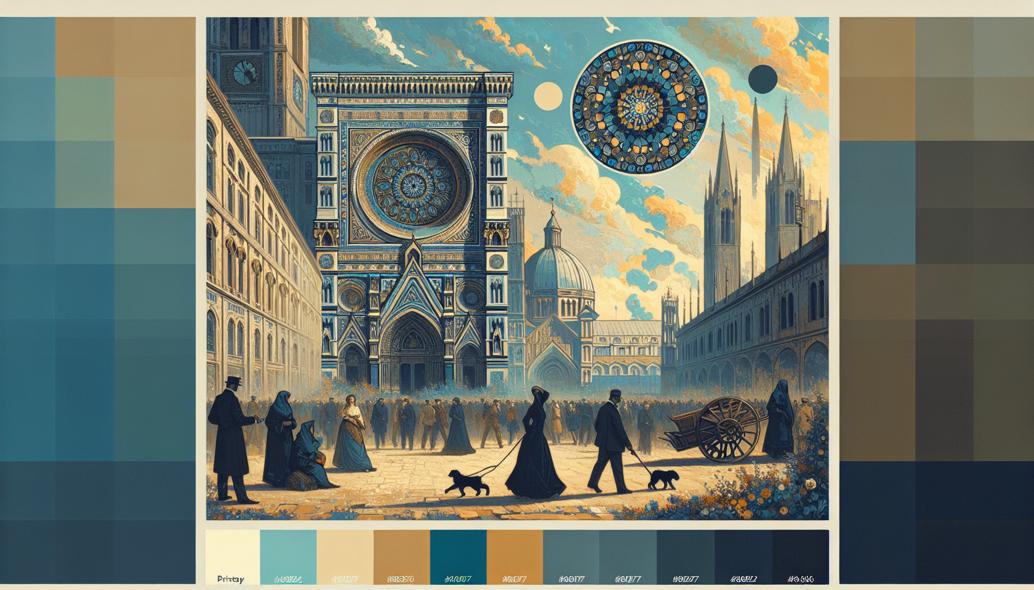The Significance of Frame Color in Artwork Presentation
The frame color in artwork presentation is more than decorative—it's transformative. It bridges art with its environment, enhancing perception and evoking emotions. Discover how the right frame color can elevate your art.

The Significance of Frame Color in Artwork Presentation
In the world of art, many factors contribute to the final perception of a piece. The frame color often plays a surprisingly crucial role in shaping how a viewer perceives a piece of artwork. The right frame can elevate a work, enabling it to shine under the spotlight, whereas a poorly chosen frame can detract from the art itself. Understanding the effect of frame color on artwork presentation, aesthetics, and viewer perception is essential for artists, collectors, and art enthusiasts alike.
Frame Color and Its Influence on Artwork Presentation
The frame color can have a profound impact on the presentation of an artwork. It bridges the gap between the artwork and its environment, serving to either enhance or obscure the art. The color of the frame can affect various aspects, such as contrast, harmony, and overall balance.
Choosing the right frame color involves a deep understanding of color theory. Colors can evoke emotions, set moods, and create harmony or discord based on their interactions with the artwork and the surrounding environment.
For instance, a black frame might offer a bold contrast for a vivid, colorful painting, drawing the viewer's eye towards the artwork. On the other hand, a softer, neutral frame can offer a more subtle transition, allowing a muted piece to breathe and maintain its delicate presence without overpowering it.
Aesthetics: Creating Harmony between Frame and Artwork
Aesthetics play a significant role in the relationship between the frame color and the artwork. Achieving visual harmony involves balancing colors, textures, and styles between the art and its frame.
One method to create harmony is through complementary colors. For example, a painting with prominent green hues might be complemented by a frame in a red tone, creating a dynamic and engaging visual experience. Conversely, a monochromatic approach, where the frame color is similar to dominant hues in the artwork, can create a seamless and harmonious presentation. This choice can make the artwork feel like an extension of the frame, blending the art into its setting.
Viewer Perception: Emotional and Psychological Impact
Viewer perception is significantly influenced by the color of the frame. Different colors can evoke various emotional responses and psychological reactions. Understanding these associations can help in selecting a frame that enhances the desired impact of the artwork.

For instance, red frames can evoke excitement, passion, and energy, which might be suitable for dynamic and lively artworks. Blue frames, on the other hand, can invoke feelings of calmness, serenity, and introspection, making them ideal for more contemplative and tranquil pieces.
Practical Tips for Selecting Frame Colors
Understand the Art
Before selecting a frame color, spend ample time understanding the artwork itself. Note the predominant colors, the mood conveyed, and the overall style. This understanding will guide you in choosing a frame color that complements and enhances the piece.
Consider the Environment
Where the artwork will be displayed is another critical factor. Frame color should also harmonize with the room's decor, wall color, and lighting. A frame that looks perfect in one setting might not have the same effect in another.
Experiment with Digital Tools
Online tools like PictureFrameGenerator.com allow users to visualize different frame colors on their artwork. These platforms can offer insights and help narrow down choices before making a final decision.
Consult Professionals
When in doubt, seeking the advice of a professional art consultant or framer can provide valuable guidance. Experts can suggest color theories and combinations you might not have considered, ensuring a more professional and polished presentation.
Case Studies: Examples of Frame Color Utilization
The Power of Black Frames
In modern and contemporary art galleries, black frames are frequently used to provide a stark contrast to vibrant artworks, making them stand out. This choice works well with abstract and modern pieces, where the high contrast enhances the artwork's intensity and boldness.
Gold Frames and Classical Art
Gold frames are often used for classical and Renaissance artworks, adding an element of opulence and historical context. The gold color complements the rich, warm tones often found in these artworks, enhancing their grandeur and sophistication.
Natural Wood Frames for Eclectic Art
For more eclectic or nature-themed artworks, natural wood frames can offer a harmonious blend. The organic texture and color of wood add an understated elegance while enhancing the natural aesthetic of the piece.
Conclusion
The color of a frame does more than just hold a piece of art in place—it plays an integral role in the art's presentation and the viewer's perception. By considering factors like color theory, aesthetics, and emotional impact, you can select a frame color that not only complements the artwork but also enhances its overall appeal. Whether you are an artist looking to showcase your work or a collector aiming to display your art, understanding the significance of frame color will provide a more profound appreciation and effective presentation of your treasured pieces.
Remember, each piece of art is unique, and so is the space in which it resides. A thoughtful, well-chosen frame can be the bridge that connects the art, the space, and the observer, creating a cohesive and captivating visual narrative.
